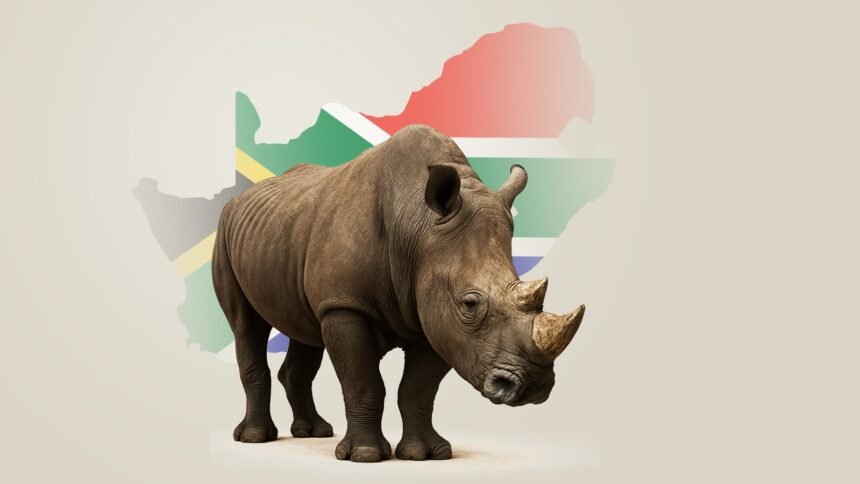On World Rhino Day, South Africa finds itself caught between cautious optimism and stark reality. After years of relentless poaching, some significant wins have finally started to show—but the loss of about one rhino a day still casts a long shadow over conservation efforts.
Despite its grim status as the epicenter of rhino poaching, the country has made measurable progress. Annual poaching deaths have dropped from well over 1,000 animals in years past to about 420 last year. That’s a decrease, but still far too many considering the stakes.
Some reserves are beginning to turn the tide. Its Hluhluwe-iMfolozi Park (HiP), which has long suffered from high poaching numbers, saw an 80% reduction in recent years after implementing a mass dehorning programme, bolstered anti-poaching patrols, upgraded surveillance technology, integrity testing of staff, and even smarter fencing.
At the Dinokeng Game Reserve, a mix of high-tech tools, strict protocols, K-9 units, drones, motion sensors, and radio-tagged rhinos are helping keep trackers on poachers. The reserve is tighter now, more alert than ever—and just as secretive about what tactics they keep under wraps. That’s intentional; transparency is a double-edged sword when it comes to this fight.
Still, challenges remain enormous. Poachers remain audacious, trafficking networks are sophisticated, demand for horns (especially in Southeast Asia) remains high, and even dehorned rhinos aren’t immune—some are killed anyway for the stub remains.
Relocation is part of the strategy too. South Africa is reviving “Operation Rhino”—a relic from its earlier conservation history—to move rhinos into safer areas. One success is the reintroduction of black and white rhinos into Mozambique’s Zinave National Park, where calves born since the move suggest the population is beginning to rebound.
Communities are also being drawn in: benefit sharing, surveillance cooperation, and local involvement in conservation operations are increasingly seen not as optional, but essential. Poachers can’t be wholly defeated by rangers alone.
The emotional burden is real. Rangers like those at Dinokeng speak of a “war” that’s far from over. They warn that if morale slips, or if public support falters, the gains could unravel. “If we stop believing we’ll win, then we have lost,” is a commonly heard refrain.
So where does that leave us? For all the improvements, South Africa is still losing rhinos at a rate that’s unsustainable—one a day, with the threat looming constantly. But for the first time in years, there is a flicker of hope: fewer losses, stronger protection, and a growing network of people who refuse to let these animals slip into extinction on their watch.
On this World Rhino Day, the message is both a warning and an invitation: the war is not yet won—but it might still be winnable.










